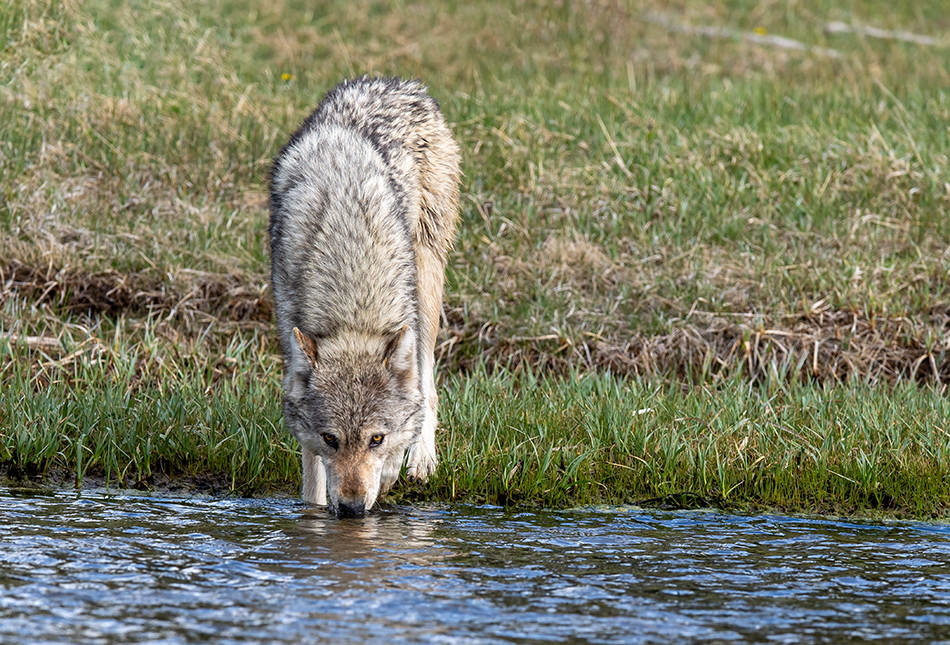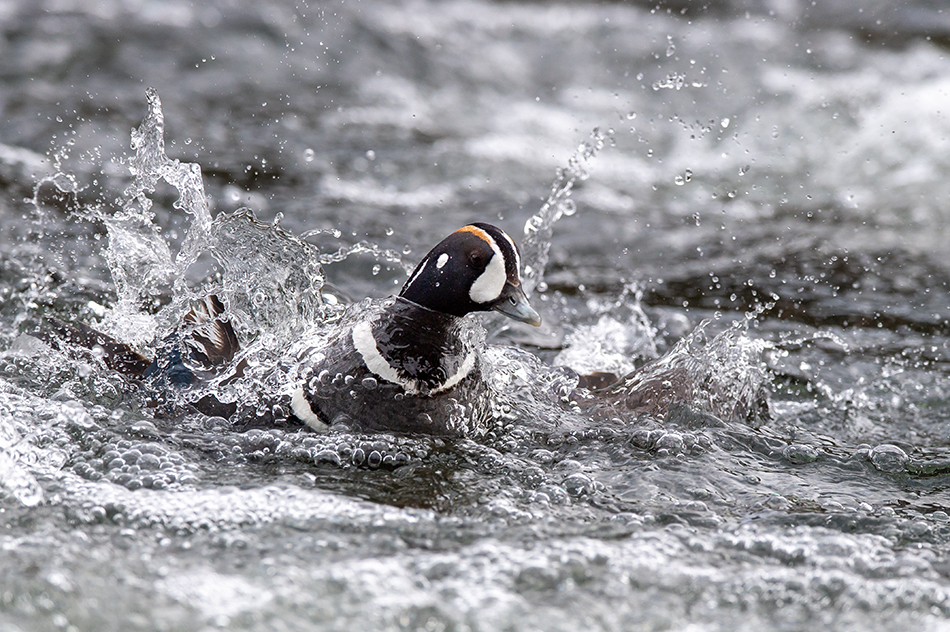
I’m just back after spending a few weeks in Yellowstone NP, probably the best place in the lower 48 to photograph wildlife. Bears, wolves, bison, elk, antelope, coyotes, moose…everywhere we went we encountered abundant wildlife. We ran two workshops and they were a huge success…fantastic photography and good laughs. Since we were photographing a lot of wildlife, we focused on techniques that would improve everyone’s photos. Here are three tips that will improve your wildlife photography.
Shoot continuously. That means set your frame rate to high, and hold down the button. Wildlife photography is exciting and fluid. Hitting the shutter every time often vibrates the camera, which is amplified when you are using a long lens like a 500 or 600mm. So shoot in bursts…3 or more frames. You may find the first frames aren’t tack sharp, but frames 3-5 are very sharp. At that point you are holding the shutter button down, no movement of pressing the button. I find my sharpest images are rarely the first ones.

Shoot fast. Obviously shutter speed makes a difference. Shoot at a faster speed ( and use a higher ISO) and you elimate vibration at the camera, and movement in your subject. We photographed some beautiful Harlequin ducks swimming in rapids in the river. Whitewater always needs a fast shutter speed ( I shoot a lot of kayaking). Rather than choose 1/000 of a second, how about 1/3200 or higher to really freeze the bird and flying droplets of water. This image was shot at 1/3200. Always stay in tune with your shutter speeds during frantic wildlife shoots…it is easy to forget you are shooting slower than you want to be.

Deaden the vibration. Much wildlife photography uses telephoto lenses. My favorite lens is the 600mm F4. Since I am capturing a scene similar to looking through a 12x binocular, even the tiniest movement will shake the lens. To fix this I always use one hand to rest on top of my lens and push downward into my gimbal tripod head. This really takes vibration out of the system, and is a good habit to get in if you shoot long glass a lot. If my subject is static, I will tighten the vertical adjustment on my gimbal to eliminate one axis of movement, dramatically stabilizing my long lens. I will turn on my vibration reduction if I am hand holding, but generally this is turned off since I am on a tripod.
The last part of this equation is practice. I regularly go out to photograph birds to practice my hand to eye coordination and long lens technique. I may delete a thousand practice photos, but the next time I see a fast moving warbler, I can find and it in my 600mm quickly and get a tack sharp photo. Practice, practice, practice…